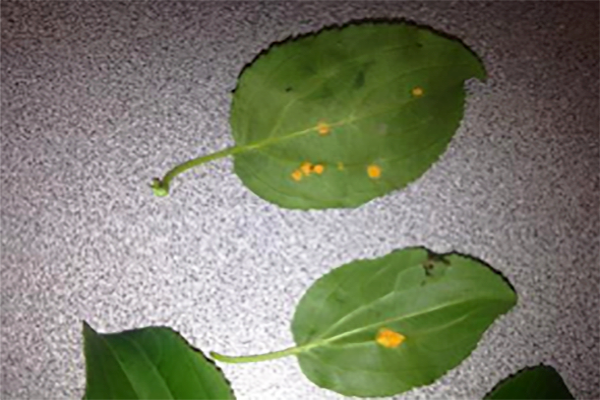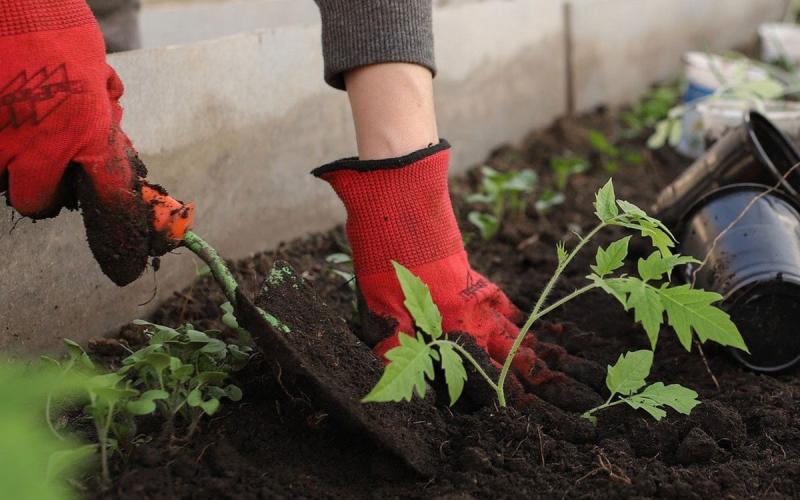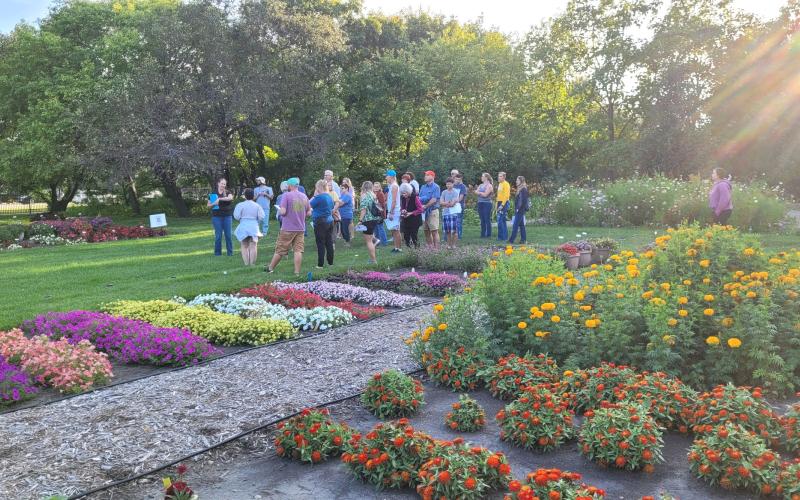Ash Rust

We have received questions about orange spots on ash leaves. The spots are due to ash rust disease. The samples are coming from the east central part of the state, Salem to Mitchell and up to Huron (areas we usually see hit every year). The disease, as with many rust diseases, has two hosts, one is the ash and the other is a number of grasses.
The disease begins as bright orange spots on the petioles and undersurface of the leaves. These enlarge during the season, becoming almost gall-like and further distorting the leaves. These infected leaves usually drop prematurely resulting in another round of telephone calls and emails from alarmed tree owners as their yards become filled with leaves in July and August.
The disease can be controlled with a single application of a fungicide containing myclobutanil made just as the leaves come out, but obviously that time period has passed. We do not recommend annually treating for the disease since it only periodically becomes a problem.
Crown Rust

Buckthorn (Rhamnus cathartica) is a tall shrub/small tree that is sometimes becomes large enough to be confused with crabapples (except buckthorn does not have a showy flower and the fruit is a small purplish-black berry rather than a crabapple). Buckthorn is considered a weed, not a valuable ornamental. However, to answer the questions, the disease, crown rust, alternates between buckthorn and cereal crops and grasses. While buckthorn is the primary woody host, the disease is also present on Elaeagnus species such as silverberry and Shepherdia species such as buffaloberry. There is no control for the disease.


